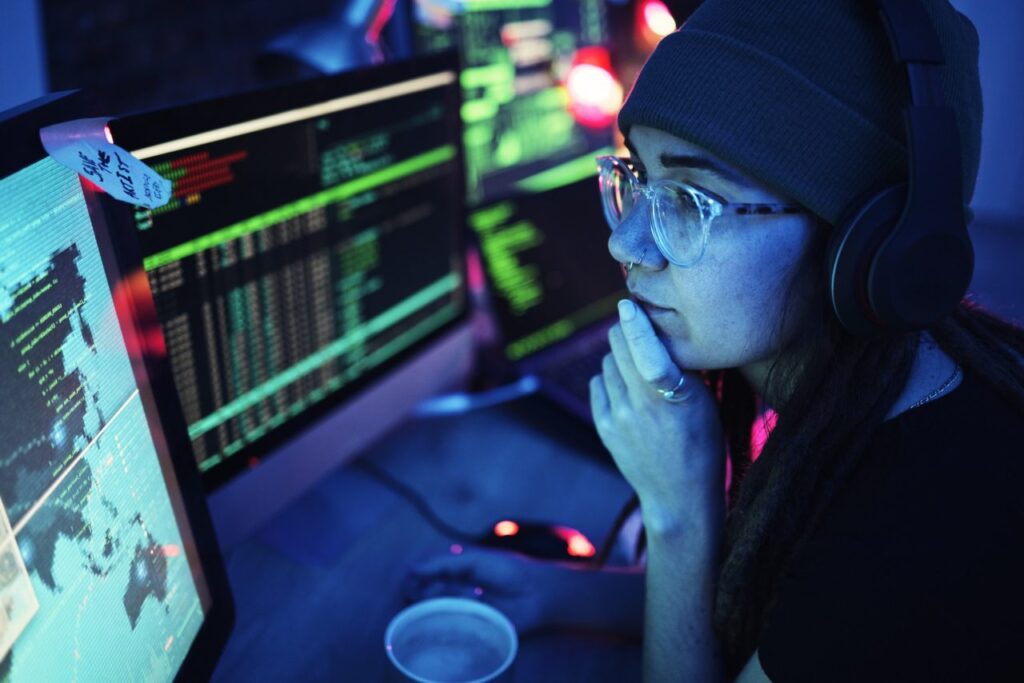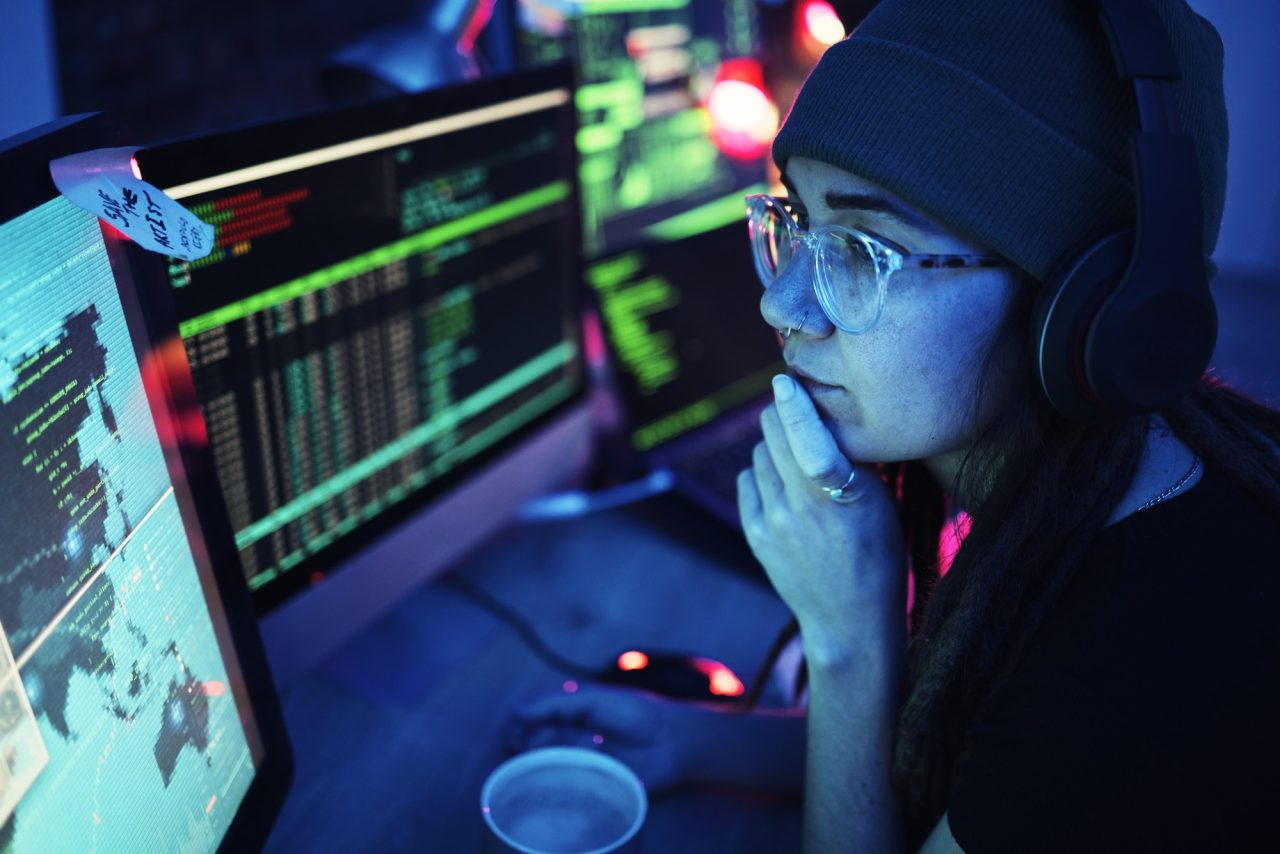CCTV cameras are everywhere — from homes and offices to streets and shops. While they enhance safety, they’re also common targets for hackers. Understanding how CCTV hacking happens and how to protect your system is crucial in today’s digital world.
In this post, we’ll break down:
- How CCTV hacking works
- Real-world security risks
- Signs your camera might be compromised
- How to protect your CCTV cameras from hackers

⚠️ Disclaimer
This blog is for educational purposes only. We do not support or encourage any illegal activity. The goal is to raise awareness and help you secure your own systems.
How Hackers Target CCTV Cameras
Hackers don’t need physical access to your CCTV camera. With the right tools and techniques, they can break in remotely. Here’s how:
1. Default Passwords
Many users never change the default username and password. Hackers know this and use automated tools to scan thousands of cameras to find those still using default credentials.
2. Unsecured IP Cameras
Some IP cameras are connected directly to the internet without firewalls or proper security settings, making them easy targets.
3. Outdated Firmware
Manufacturers regularly release firmware updates to fix bugs and patch security holes. If you skip updates, you’re leaving the door open to known vulnerabilities.
4. Brute Force Attacks
Hackers use scripts to try thousands of username/password combinations until they find the right one.
5. Exposed Ports
Remote access features like port forwarding can expose your camera to the entire internet. If improperly configured, anyone can try connecting to it.
Real-World Security Risks
CCTV camera hacks can lead to serious consequences:
- Privacy Invasion: Hackers can watch live feeds or access recordings.
- Surveillance for Theft: Criminals use hacked cameras to study security patterns before breaking in.
- Camera Hijacking: Some hackers use cameras in botnets to launch cyberattacks (like DDoS).
- Reputation Damage: For businesses, a security breach can lead to customer distrust and legal trouble.
Signs Your CCTV Might Be Hacked
Watch for these red flags:
- Unusual login activity or unknown users
- Camera moving without input (for PTZ models)
- Sudden loss of access or changed settings
- Slow network speeds due to data hijacking
- Unexpected data spikes in your internet usage
How to Protect Your CCTV Cameras
Here are key steps to prevent CCTV hacking:
1. Change Default Credentials Immediately
Set strong, unique passwords. Use a mix of upper and lowercase letters, numbers, and symbols.
2. Keep Firmware Up to Date
Regularly check your manufacturer’s website or camera settings for updates.
3. Use a Strong Firewall and VPN
Don’t expose your camera directly to the internet. Use a VPN for remote access and ensure firewalls are enabled.
4. Disable Unused Features
Turn off UPnP, cloud access, or remote viewing if not needed.
5. Secure Your Network
Use a secure Wi-Fi network (WPA3 or WPA2 encryption), change router default credentials, and disable remote management if not needed.
6. Limit Camera Access
Allow only trusted devices or users to access your CCTV feeds. Enable two-factor authentication if available.
7. Monitor Logs and Alerts
Check for suspicious activity in the camera logs. Some systems can send email or app alerts when unusual logins occur.
Final Thoughts
CCTV hacking is a real threat, but it’s also preventable. With the right practices — like strong passwords, regular updates, and secure configurations — you can dramatically reduce your risk.
Awareness is the first step toward protection. Make sure your cameras are as smartly secured as the places they’re watching.



